Vinyl is one of the most popular materials used in large format printing, and for good reason. It's strong, durable, and versatile, allowing it to be used for a wide variety of applications. From signs to banners, vinyl has become an essential material for businesses, organizations, and individuals alike. But before you jump into using vinyl for your next project, there are some important things you need to know.
In this article, we'll give you an overview of everything you need to know about vinyl, including what it is, its different uses, and how to care for it.
Vinyl
has several advantages when compared to other types of printing materials. It is durable, waterproof, and resistant to fading, making it a great choice for outdoor applications such as signs or banners. It is also relatively inexpensive, making it a cost-effective option for businesses on a budget. Additionally, vinyl is easy to work with and can be cut into almost any shape or size.When it comes to disadvantages, vinyl can be tricky to install correctly. Improper installation can result in wrinkles or bubbles, which can detract from the overall aesthetic. Additionally, vinyl can be prone to peeling if not applied correctly.
Vinyl
is commonly used for a variety of applications. It is often used for signs, banners, and decals.Additionally, it is popular for wall and window graphics as well as vehicle wraps.
Vinyl
is also often used for floor graphics and labels. It can even be used to create custom clothing and accessories, such as hats and t-shirts.Vinyl
is an incredibly versatile material that can be used in a wide range of applications.Its durability and affordability make it an attractive choice for businesses looking to create high-quality prints at an affordable price. However, improper installation can lead to wrinkles or bubbles, so it's important to ensure that the installation is done correctly in order to get the best results.
Disadvantages of Vinyl
One of the biggest disadvantages of vinyl is the difficulty in installation. Installing vinyl correctly requires a good understanding of the material, as well as the correct tools and technique. Even when installed correctly, vinyl can easily peel and curl if exposed to extreme temperatures or moisture.Additionally, vinyl can be difficult to remove if you decide to change your design. It is also important to note that vinyl is not waterproof, and thus it should not be used for outdoor applications where it will come into contact with water. Despite its drawbacks, vinyl remains a popular choice for many businesses due to its affordability and durability. With the right tools and technique, vinyl can be installed properly and last for many years. It is important to weigh the pros and cons before deciding which printing material is best for your project.
Advantages of Vinyl
Vinyl is an incredibly versatile large format printing material that can be used for signs, banners, decals and more.Its main advantages include its durability, waterproofing, fade resistance, affordability, and ease of use.
Durability
- Vinyl is highly durable and resistant to tearing and damage from outdoor elements. This makes it an ideal choice for outdoor signage and other applications that are exposed to the elements.Waterproofing
- Vinyl is completely waterproof and will not become damaged when exposed to water or other liquids. This makes it an ideal choice for areas with high humidity or where water is present.Fade Resistance
- Vinyl is resistant to fading, making it a great choice for long-term applications or those that will be exposed to direct sunlight.Affordability
- Vinyl is an affordable option when compared to other large format printing materials. This makes it a great choice for those looking for a cost-effective solution.Ease of Use
- Vinyl is easy to work with and can be cut, shaped, and printed on with relative ease.This makes it a great choice for those who need to create custom designs quickly and easily.
Uses of Vinyl
Vinyl is a versatile material that is commonly used for a variety of large format printing applications. It can be used for signs, banners, decals, wall and window graphics, vehicle wraps, floor graphics, and labels. Signs made from vinyl are durable and affordable, making them ideal for businesses looking to make a statement without spending too much money. Vinyl banners are also popular for events or special occasions.Decals are perfect for advertising purposes and can be used on any flat surface. Wall and window graphics allow businesses to showcase their products or services in a creative way. Vehicle wraps are perfect for businesses that need to advertise their services on the go. Floor graphics are perfect for organizations looking to take advantage of the space they have available on the floor.
And labels are great for labeling products or services. Vinyl is an excellent choice for businesses that need to make a statement without breaking the bank. Its versatility and affordability make it an attractive option for many organizations. Whether you're looking for signs, banners, decals, wall and window graphics, vehicle wraps, floor graphics, or labels, vinyl is an ideal material for any large format printing job. Vinyl is an excellent choice for large format printing materials.
Its durability, affordability, and versatility make it an attractive option for businesses of all sizes. With proper care and installation techniques, vinyl can provide excellent results for signs, banners, decals, wall and window graphics, vehicle wraps, floor graphics, and labels. Vinyl is a great way to add a professional touch to any project and ensure that it stands the test of time.



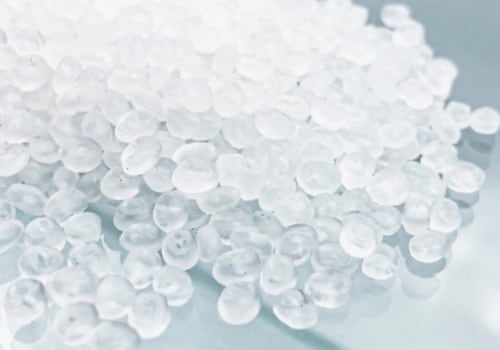
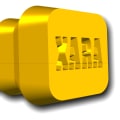

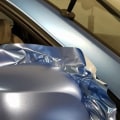
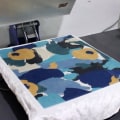
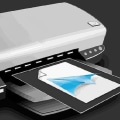


Leave Message